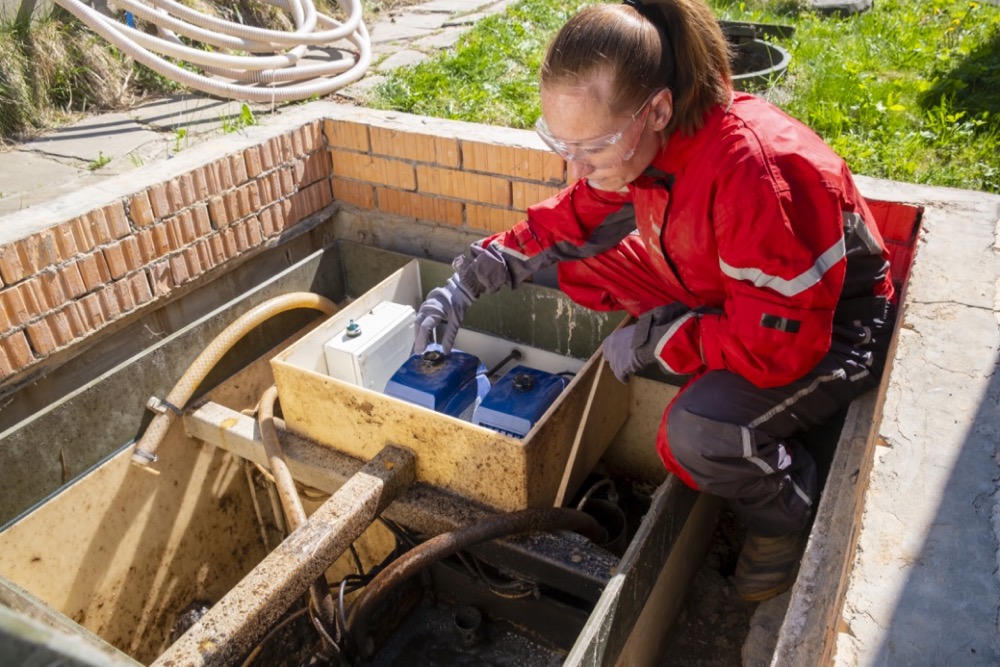
A septic tank should be inspected once a year. The average household needs to have a septic tank pumped every three to five years. It’s best to have a thorough septic inspection when the tank is pumped because all sides and the tank’s floor are visible.
A septic inspection thoroughly examines a property’s septic system to ensure it functions correctly and efficiently. It is vital for the health of all the family members living in the house and is often a requirement of insurers or banks before transferring a property to a new owner. A standard septic inspection includes several key steps:
- Locating the septic system: The inspector’s first step is to find the septic system. This can be done using an “as-built” drawing or sketch left over from the permitting process.
- Inspecting the septic tank: The inspector will open and visually inspect it. They will check the integrity of the tank, the operational level of sewage, and whether the risers are watertight with no visible leaks.
- Inspecting the distribution box: The distribution box is also opened and checked to ensure it’s functioning as it should. The box should be free of solid waste, scum, and clogs.
- Inspecting the leach field: It is checked to ensure it works as intended. The inspector will look for strong odors, mushy or swampy areas, or surfacing effluent.
- Checking other components: If the system features pumps, electrical float switches, or mechanical components, these are also inspected.
- Pumping the tank: Most of the time, the inspector will pump it unless done recently.
- Testing the system: The inspector will also test the system by running water in the house to make sure the system is working properly.
The system will pass inspection if all three components (the septic tank, the distribution box, and the leach field) function correctly and are structurally sound. There are two types of septic inspections: visual and full.
A home inspector does a visual inspection, which includes checking the age of the system and maintenance history (if records are readily available), while a full inspection is more detailed and includes checking the water level in the septic tank and performing a couple of tests.
If you notice a problem, such as unusual odors around the drains, weak flushing or sluggish toilets, slow-draining sinks, or the appearance of wet spots or lush plant growth over the surface of your drain field, an inspection may be needed sooner.
For more information, contact Morse Engineering and Construction.
Source: homeinspectioninsider.com
